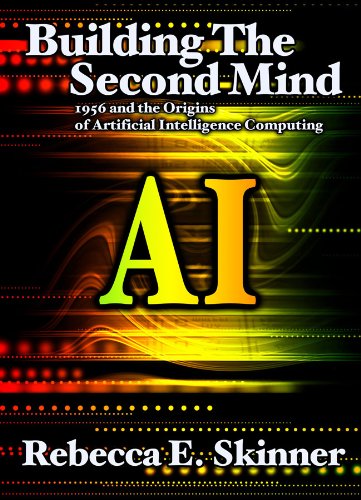
Building the Second Mind: 1956 and the Origins of Artificial Intelligence Computing
by Rebecca E. Skinner
Publisher: UC Berkeley 2012
ISBN/ASIN: B00CWH5Z4U
Number of pages: 214
Description:
'Building the Second Mind: 1956 and the Origins of Artificial Intelligence Computing' tells the history of the origins of AI. As the field that seeks to do things that would be considered intelligent if a human being did them, AI is a constant of human thought.
Download or read it online for free here:
Download link
(1.3MB, PDF)
Download mirrors:
Mirror 1
Similar books
 Affective Computing
Affective Computingby Jimmy Or - IN-TECH
An overview of state of the art research in Affective Computing. It presents new ideas, original results and practical experiences in this increasingly important research field. The book consists of 23 chapters categorized into four sections.
(13792 views)
 The Age of Intelligent Machines
The Age of Intelligent Machinesby Ray Kurzweil - The MIT Press
Visionary computer scientist Raymond Kurzweil probes the past, present, and future of artificial intelligence, from its earliest philosophical and mathematical roots to tantalizing glimpses of 21st-century machines with superior intelligence.
(14802 views)
 Multiagent Systems: Algorithmic, Game-Theoretic, and Logical Foundations
Multiagent Systems: Algorithmic, Game-Theoretic, and Logical Foundationsby Yoav Shoham, Kevin Leyton-Brown - Cambridge University Press
Multiagent systems consist of multiple autonomous entities having different information and diverging interests. This comprehensive introduction to the field offers a computer science perspective, but also draws on ideas from game theory.
(13460 views)
 Human Computer Confluence
Human Computer Confluenceby Andrea Gaggioli, et al. - De Gruyter Open Ltd
Human computer confluence is a research area aimed at developing an effective, transparent, bidirectional communication between humans and computers, which has the potential to enable new forms of sensing, perception, interaction, and understanding.
(7463 views)